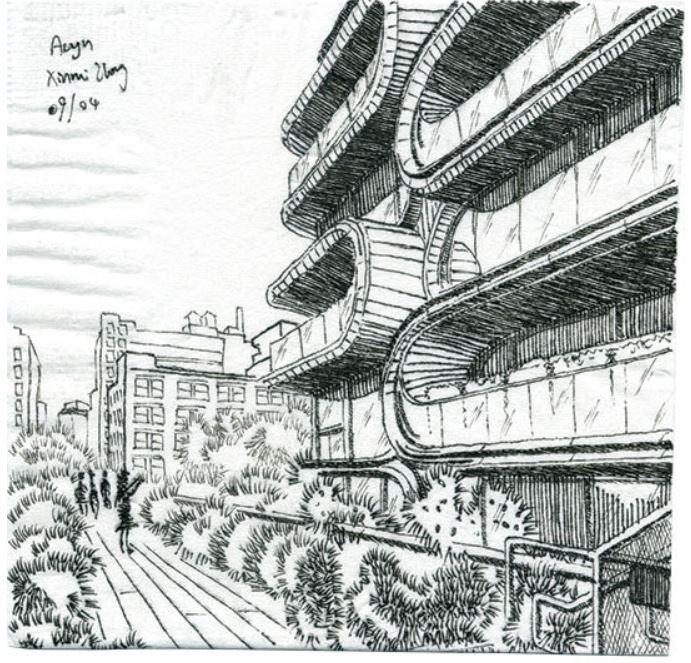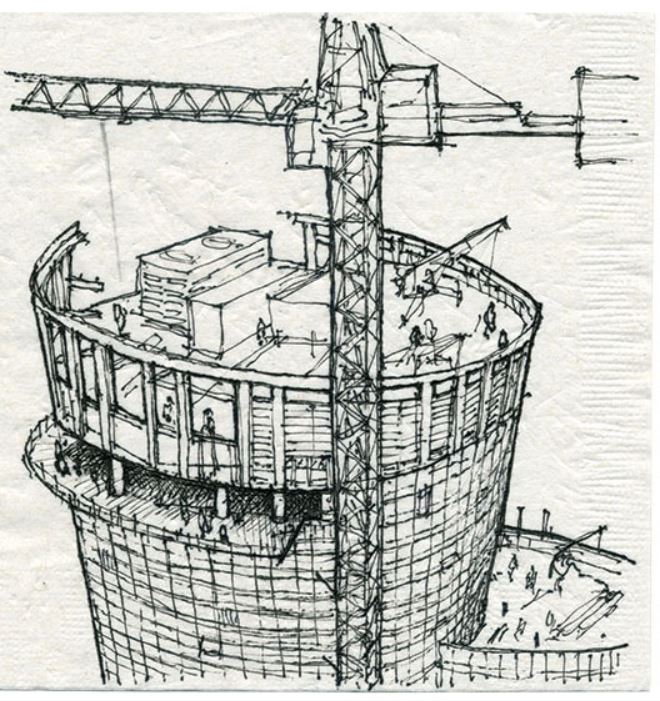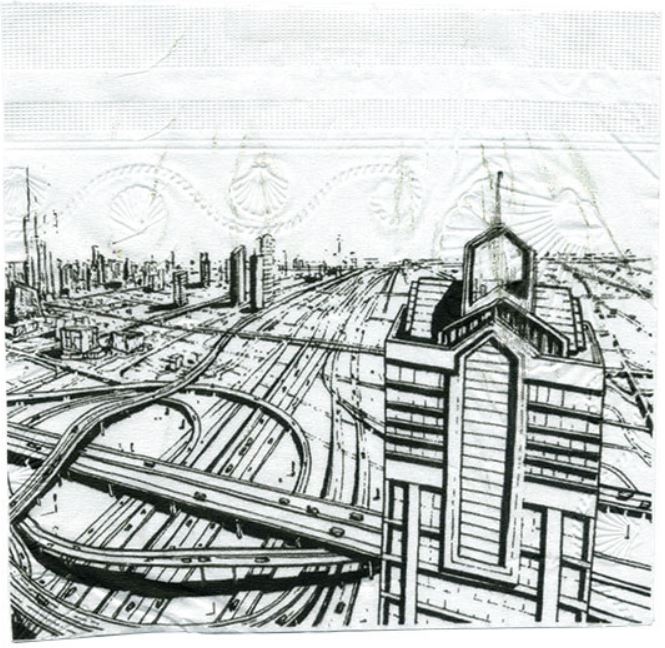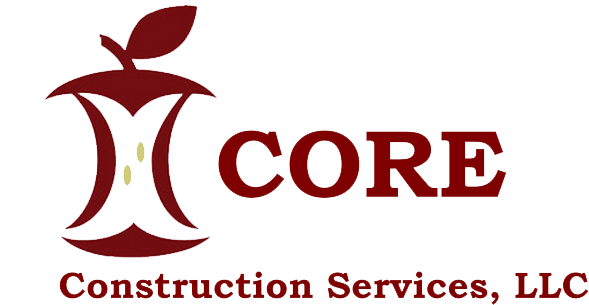It has become fashionable in many architectural circles to declare the death of drawing. What has happened to our profession, and our art, to cause the supposed end of our most powerful means of conceptualizing and representing architecture? The computer, of course. With its tremendous ability to organize and present data, the computer is transforming every aspect of how architects work, from sketching their first impressions of an idea to creating complex construction documents for contractors. For centuries, the noun “digit” (from the Latin “digitus”) has been defined as “finger,” but now its adjectival form, “digital,” relates to data.

Are our hands becoming obsolete as creative tools? Are they being replaced by machines? And where does that leave the architectural creative process? Today architects typically use computer-aided design software with names like AutoCAD and Revit, a tool for “building information modeling.” Buildings are no longer just designed visually and spatially; they are “computed” via interconnected databases.
Most architects routinely use these and other software programs, especially for construction documents, but also for developing designs and making presentations. There’s nothing inherently problematic about that, as long as it’s not just that.
Architecture cannot divorce itself from drawing, no matter how impressive the technology gets. Drawings are not just end products: they are part of the thought process of architectural design. Drawings express the interaction of our minds, eyes and hands. This last statement is absolutely crucial to the difference between those who draw to conceptualize architecture and those who use the computer.
It has been said that architectural drawing can be divided into three types; the “referential sketch,” the “preparatory study” and the “definitive drawing.” The definitive drawing, the final and most developed of the three, is almost universally produced on the computer nowadays, and that is appropriate. But what about the other two? What is their value in the creative process? What can they teach us?

The referential sketch serves as a visual diary, a record of an architect’s discovery. It can be as simple as a shorthand notation of a design concept or can describe details of a larger composition. It might not even be a drawing that relates to a building or any time in history. It’s not likely to represent “reality,” but rather to capture an idea.
These sketches are thus inherently fragmentary and selective. The drawing is a reminder of the idea that caused one to record it in the first place. That visceral connection, that thought process, cannot be replicated by a computer.
The second type of drawing, the preparatory study, is typically part of a progression of drawings that elaborate a design. Like the referential sketch, it may not reflect a linear process. (computer-aided design is often much more linear.) Designers may opt to draw on translucent yellow tracing paper, which allows them to layer one drawing on top of another, building on what they’ve drawn before and, again, creating a personal, emotional connection with the work.
With both of these types of drawings, there is a certain joy in their creation, which comes from the interaction between the mind and the hand. Our physical and mental interactions with drawings are formative acts. In a handmade drawing, whether on an electronic tablet or on paper, there are intonations, traces of intentions and speculation. This is not unlike the way a musician might intone a note or how a riff in jazz would be understood subliminally and put a smile on your face.

This is quite different from today’s “parametric design,” which allows the computer to generate form from a set of instructions, sometimes resulting in so-called blob architecture. The designs are complex and interesting in their own way, but they lack the emotional content of a design derived from hand.
Working with today’s computer-savvy students and staff it is evident that something is lost when they draw only on the computer. It is analogous to hearing the words of a novel read aloud, when reading them on paper allows us to daydream a little, to make associations beyond the literal sentences on the page.
Similarly, drawing by hand stimulates the imagination and allows us to speculate about ideas, a good sign that we’re truly alive.

